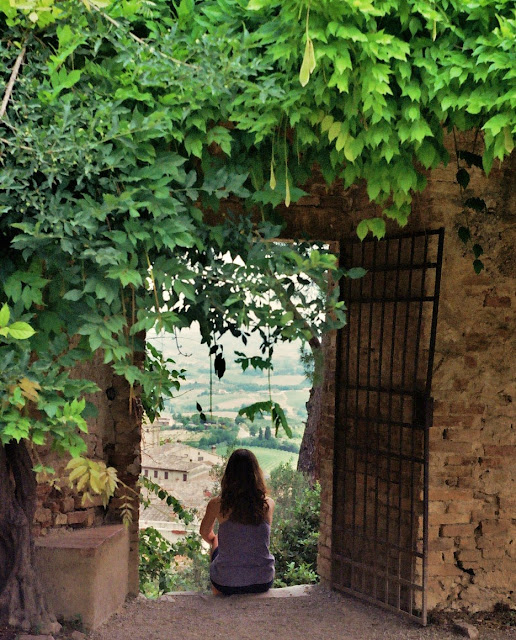30.6.13
26.6.13
Monica Vitti auditioning for "Il deserto rosso" by Antonioni
"Till now I have never shot a scene without taking account of
what stands behind the actors because the relationship between people and their
surroundings is of prime importance."
"I mean simply to say that I want my characters to suggest
the background in themselves, even when it is not visible. I want them to be so
powerfully realized that we cannot imagine them apart from their physical and
social context even when we see them in empty space."
M. Antonioni (29 September 1912 – 30 July 2007)
Labels:
antonioni,
art,
audition,
background,
characters,
cinema,
context,
desert,
deserto,
empty,
monica,
quote,
red,
rosso,
snapshots,
space,
suroundings,
vitti
25.6.13
24.6.13
23.6.13
Firenze III
Basilica di Santa Maria Novella, building began in the mid-13th century, and was finished about 1360. The most intersting church in terms of artistic masterpieces, especially those by Domenico Ghirlandaio'.
Labels:
cathedral,
church,
cloisters,
firenze,
fisheye,
florence,
Ghirlandaio,
lomo,
maria,
novella,
paintings,
renaissance,
santa,
travel,
zenit
22.6.13
Firenze II
San Gimignano
Men sitting outdoor in San Gimignano, an amazingly well preserved small medieval hill town in the province of Siena.
21.6.13
Firenze
The plane and the train...
The Basilica di Santa Maria del Fiore completed in 1436.
Durante degli Alighieri (Dante).
Outside the Basilica di Santa Croce, source of the Stendhal
syndrome: When 19th-century French author Stendhal visited the Basilica, where
Machiavelli, Michelangelo and Galileo
are buried, he saw Giotto's ceiling frescoes for the first time and was
overcome with emotion. He wrote "I was in a sort of ecstasy, from the idea
of being in Florence, close to the great men whose tombs I had seen. Absorbed
in the contemplation of sublime beauty... I reached the point where one
encounters celestial sensations... Everything spoke so vividly to my soul. Ah,
if I could only forget. I had palpitations of the heart, what in Berlin they
call 'nerves.' Life was drained from me. I walked with the fear of
falling." Although there are many descriptions of people becoming dizzy
and fainting while taking in Florentine art, especially at the Uffizi, dating
from the early 19th century on, the syndrome was only named in 1979, when it
was described by Italian psychiatrist Graziella Magherini, who observed and
described more than 100 similar cases among tourists and visitors in Florence.
Scuola del Cuoio of Santa Croce. Originally a 13th century Franciscan monastery, Scuola del Cuoio of Santa Croce is the largest leather school in Florence and was created after WW II.
Oceanus Fountain l'Isolotto at the Boboli Gardens (Giardini di Boboli)
behind the Pitti Palace, the main seat of the Medici grand dukes of Tuscany at
Florence, laid out for Eleonora di Toledo, the wife of Cosimo I de' Medici.
20.6.13
18.6.13
17.6.13
16.6.13
13.6.13
10.6.13
9.6.13
3.6.13
Subscribe to:
Comments (Atom)






























